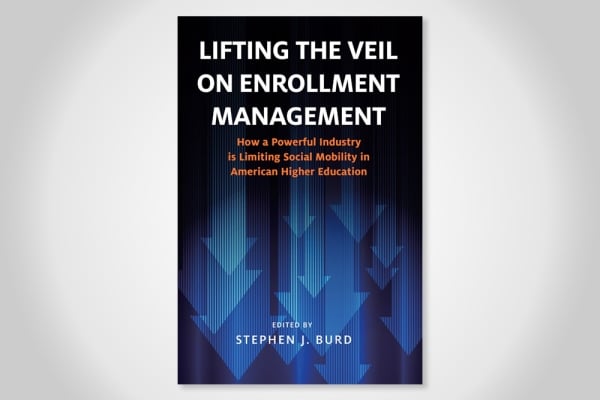Enrollment management has become a crucial component in higher education institutions, as they strive to attract and retain students in an increasingly competitive landscape. However, some critics argue that the focus on enrollment management is actually harming the overall quality and mission of higher education.
Enrollment management refers to the strategies and practices that colleges and universities use to recruit, admit, enroll, and retain students. This includes everything from marketing and admissions processes to financial aid and student support services. While these practices can be beneficial in ensuring that institutions meet their enrollment goals and maintain financial stability, they also have their drawbacks.
One of the main criticisms of enrollment management is that it can lead to a focus on quantity over quality. Institutions may prioritize recruiting a large number of students to increase revenue, rather than focusing on admitting students who are the best fit for the academic programs and campus culture. This can result in a decline in academic standards and student success rates, as well as a potential decrease in graduation rates.
Additionally, some argue that enrollment management practices can perpetuate inequality in higher education. Institutions may prioritize recruiting students from privileged backgrounds who can pay full tuition, rather than focusing on increasing access and diversity. This can further marginalize underrepresented groups and limit opportunities for students from diverse backgrounds to access higher education.
Furthermore, enrollment management can create a culture of competition and pressure within institutions. Colleges and universities may engage in aggressive marketing tactics and unethical recruitment practices in order to meet their enrollment goals. This can result in a stressful environment for both students and staff, and erode the sense of community and collaboration that is crucial for a thriving academic environment.
Despite these criticisms, enrollment management is a necessary aspect of higher education in today’s competitive market. Institutions need to find a balance between recruiting and retaining students while upholding their academic standards and values. This requires a strategic approach to enrollment management that prioritizes student success, diversity, and inclusion.
In conclusion, while enrollment management has its drawbacks, it is not inherently ruining higher education. Institutions need to be mindful of the potential pitfalls of enrollment management practices and work towards a more holistic approach to recruitment and retention. By prioritizing quality over quantity, diversity over exclusivity, and student success over revenue, higher education institutions can ensure that enrollment management enhances, rather than hinders, the overall mission of higher education.



